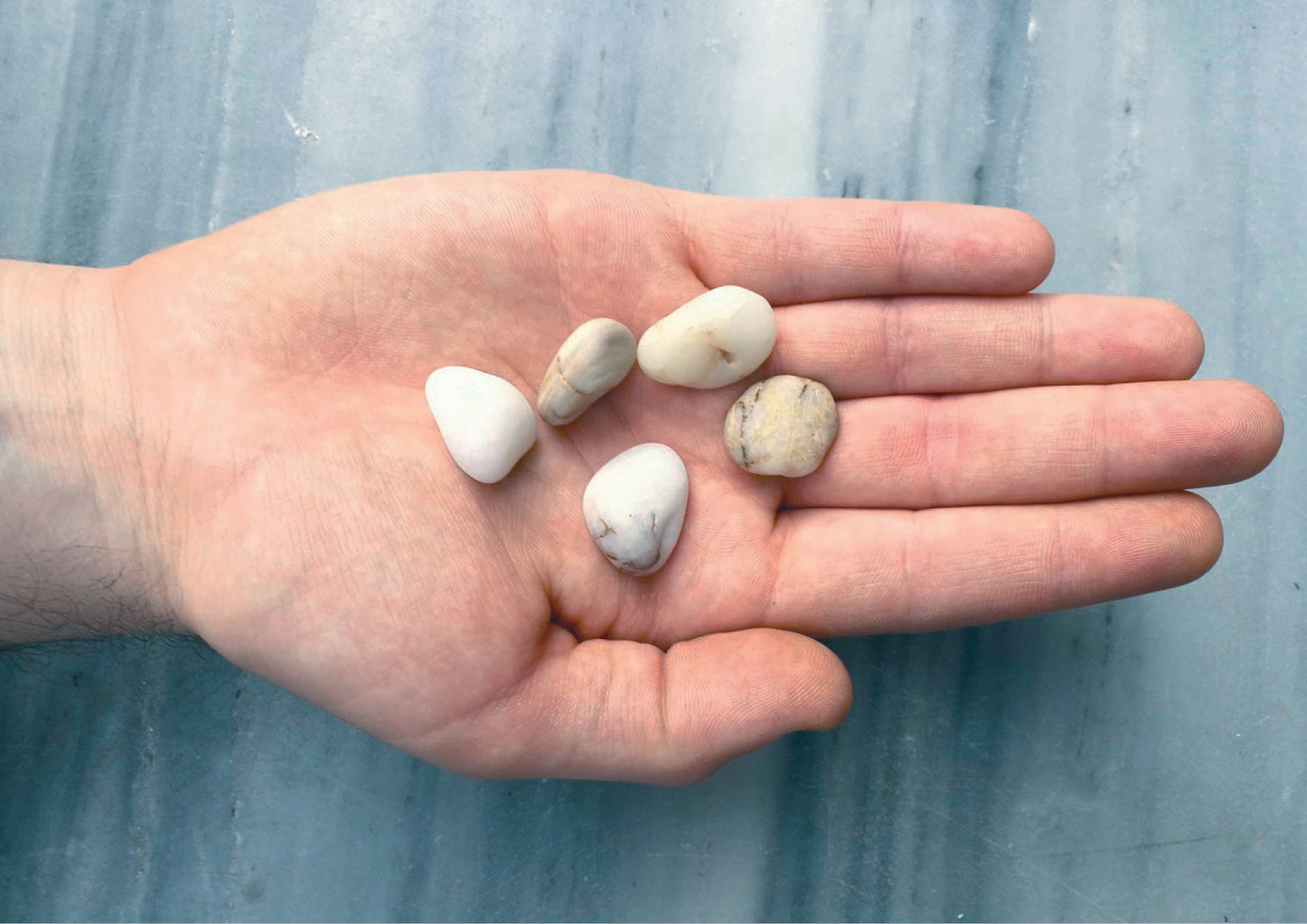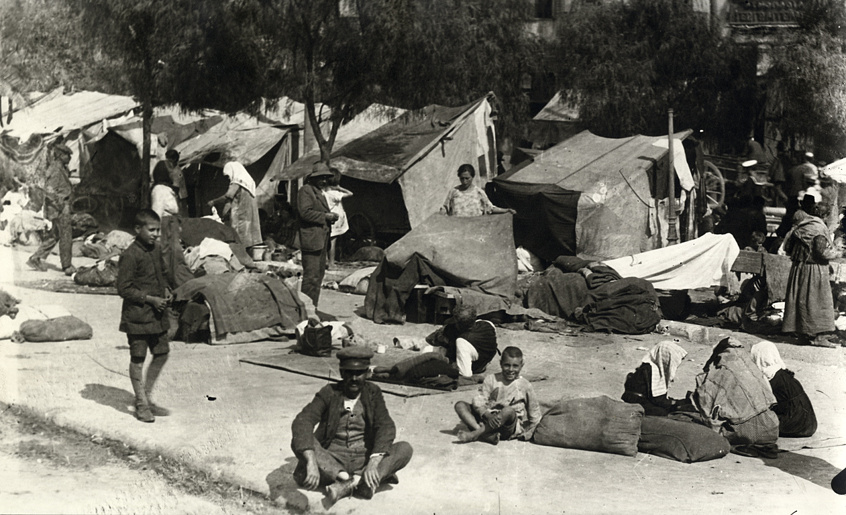
Beş taş Oyunu (Five Stones Game) is a game of dexterity that probably originated in Central Asia and is said to be at least 2000 years old. In it, each player collects five small stones. These are spread out on the ground or arranged in a particular shape. While one stone is thrown into the air, a set number of stones must be grabbed from the ground with the throwing hand, then a stone thrown into the air must be caught again, etc. The game has approximately ten levels of difficulty. In the end, the player who gathers the most stones wins. On Saturday April 8 from 3:00, we play this catching game with artist Nevin Aladağ. Please join us!
Fables and Other Travelers
When Jacob and Wilhelm Grimm, who lived in the late eighteenth and first half of the nineenth century, began to gather, recordk and publish materials drawn from the Germanic oral tradition in pursuit of the German Volksgeist, they tamed in written language the folksongs, proverbs, and fables that had been passed down through speech. The canon of the fable shifted from the oral to the written dimension and assigned the narrative the task of renegotiating social memory, while assigning the tradition of dialects of the German language the task of giving form to the national identity. But fables have the same morphological structure all over the world. We can say that fables travel. They have always traveled. They soar and cross, “like dust scattered on the footprints of men.” They reject any localization except in transience, the narrative schema of an epoch or a specific context; they can be found identical and intact in a completely different social or cultural setting. They refuse to be employed as historical documents, so much so that once upon a time does not allow itself to be situated in a single time, a single space. The fable bewilders and deceives those who try to make it innocuous: All that can be said is that a given story is told in a given place, at a given moment. The tellers of fables and folktales, in history, have been beggars, traveling vendors, and women whose social background and position are unknown to us even today: these figures, often illiterate, traveled and told stories incognito, so to speak, transforming the structure of the fable, charging it with new intentions and variations. Originally told to adults and then adapted for the world of childhood, they blur the boundary between a mature and an infantile audience. Likewise, the readings and stories favored by Studio 14 work on the public frontier, where children play with time, history, and memory, and adults offer them the miniatures and symbols of the past, describing many scenarios that defy reality, revealing the multiple possibilities it contains.

